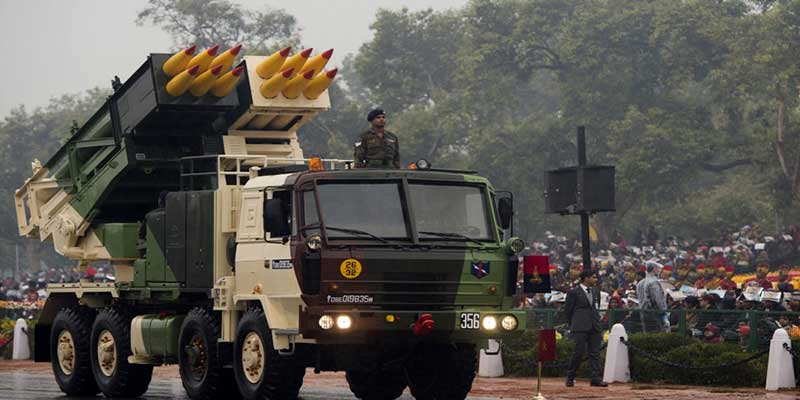- India
- Jul 03
Explainer / Defence Acquisition Council
In the midst of India’s tense border standoff with China, the defence ministry approved procurement of 33 frontline fighter jets, a number of missile systems and other military hardware at a cost of Rs 38,900 crore to bolster the combat capability of the armed forces, officials said.
The decisions on procurement of the fighter jets, missile systems and other military equipment were taken at a meeting of the Defence Acquisition Council (DAC) chaired by Defence Minister Rajnath Singh.
Defence Acquisition Council
Pursuant to the recommendations made by the group of ministers on reforming the national security system in February 2001, a separate, dedicated structure for defence procurement was set up.
In continuation of its efforts to streamline defence procurement procedures and to reduce timelines so as to ensure timely delivery of equipment to the armed forces, various measures to simplify the defence procurement procedure have been undertaken.
A Defence Acquisition Council (DAC) was created as an overarching structure with the defence minister as its chairman.
The DAC is the highest decision-making body of the defence ministry on procurement.
The main objective of the DAC is to ensure expeditious procurement of the approved requirements of the armed forces in terms of capabilities sought and time frame prescribed by optimally utilizing the allocated budgetary resources.
Its functions include:
* Give in principle approval of a 15 years Long Term Integrated Perspective Plan (LTIPP) for defence forces.
* Accord of acceptance of necessity to acquisition proposals.
* Categorisation of the acquisition proposals relating to ‘Buy’, ‘Buy & Make’ and ‘Make’.
* Look into issues relating to single vendor clearance.
* Take decisions regarding ‘offset’ provisions in respect of acquisition proposals above Rs 300 crores.
* Take decisions regarding Transfer of Technology under the ‘Buy & Make’ category of acquisition proposals.
* Field trial evaluation.
What type of jets and weapons will be procured?
The ministry said 21 MiG-29 fighter jets will be procured from Russia while 12 Su-30 MKI aircraft will be bought from State-run Hindustan Aeronautics Ltd (HAL). A separate proposal to upgrade existing 59 MiG-29 aircraft has also been approved.
The procurement of 21 MiG-29 and upgrade of the existing fleet of MiG-29 is estimated to cost the government Rs 7,418 crore while purchase of 12 new Su-30 MKI from HAL will be made at a cost of Rs 10,730 crore
The ministry has also approved procurement of 248 ASTRA beyond visual range (BVR) air-to-air missile systems and a significant number of long range land attack cruise missile systems, the officials said.
The ASTRA missile is designed to engage and destroy highly manoeuvring supersonic aircraft and has all weather day and night capability.
Induction of Astra missiles having beyond visual range capability will serve as a force multiplier and immensely add to the strike capability of the Indian Navy and the Indian Air Force
The DAC also approved acquisition of Pinaka missile systems as well as procurement of long range land attack missile systems having a firing range of 1000 km. The proposals also included procurement of Pinaka ammunition, software defined radios for the Army and BMP armament upgrades.
Pinaka is an all weather and free flight artillery rocket system. It provides a unique capability to accurately deliver a devastatingly lethal and responsive fire against a variety of area targets such as air terminal complexes and fuel and ammunition dumps.
“While acquisition of Pinaka missile systems will enable raising additional regiments over and above the ones already inducted, addition of long range land attack missile systems having a firing range of 1000 km to the existing arsenal will bolster the attack capabilities of the Indian Navy and the Indian Air Force,” the ministry said.
“Focused on indigenous design and development, these approvals include acquisitions from Indian Industry worth Rs 31,130 crore. These equipments will be manufactured in India involving Indian defence industry with participation of several MSMEs as prime tier vendors,” it said.
“The indigenous content in some of these projects is up to 80 per cent of the project cost. A large number of these projects have been made possible due to Transfer of Technology by DRDO (Defence Research and Development Organisation) to the indigenous industry,” it added.
Manorama Yearbook app is now available on Google Play Store and iOS App Store

